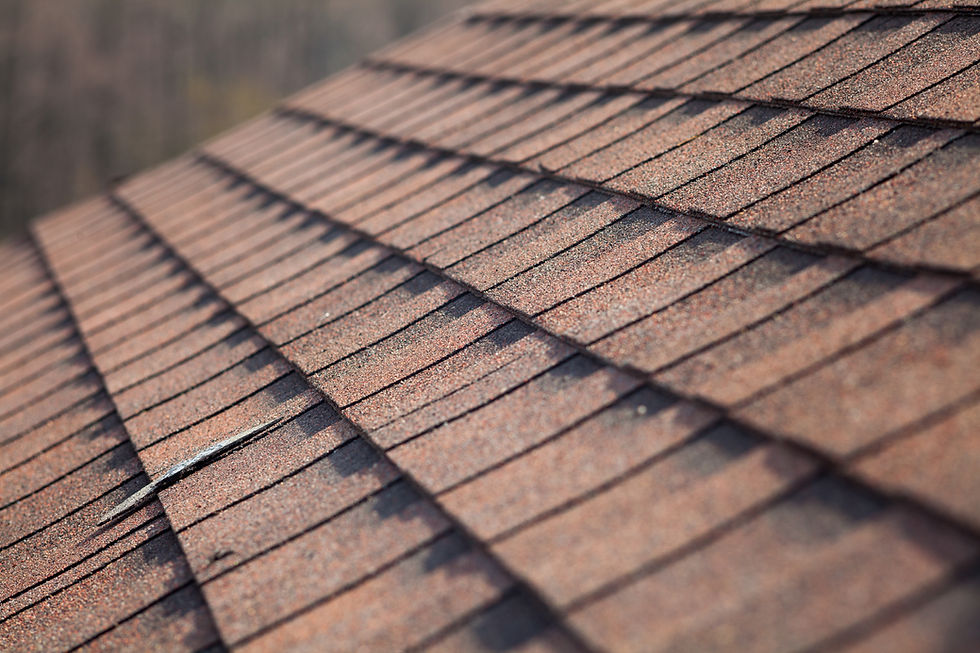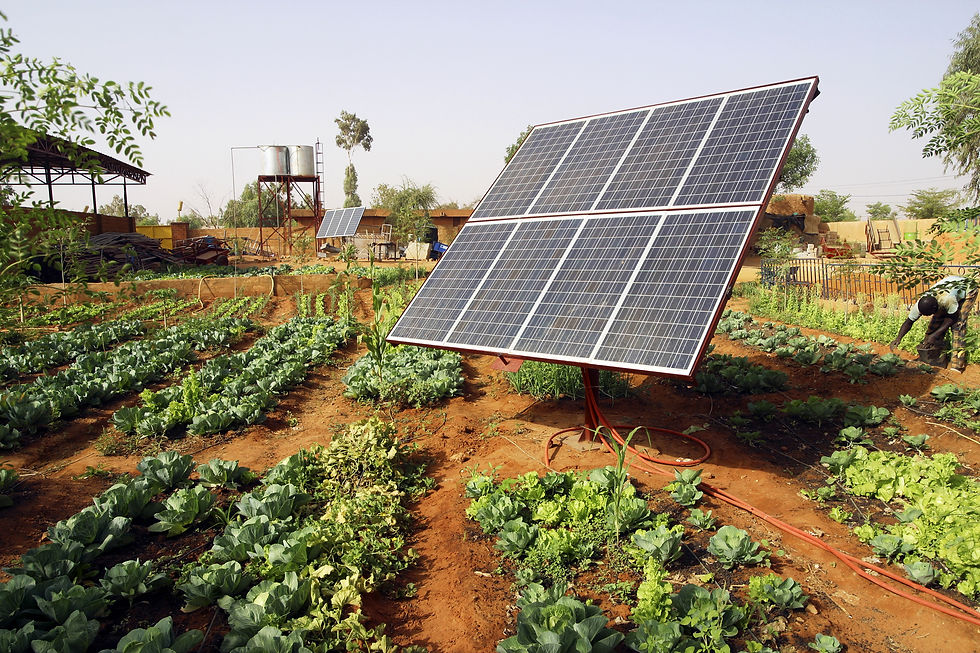#pheasantaerial #dronepilot #commercialdrone #droneinspection #dronestagram #thermaldrone #inspectiondrone #roofinspection #buildinginspection #SiouxFallsRealEstate #SiouxFallsServices #SiouxFallsBusiness
Let's explore the cutting-edge technologies that are making roof inspections more accurate, efficient, and cost-effective than ever before, with a special focus on solar roofs and solar farms.
Table of Contents
The Importance of Early Detection
Before we dive into the technologies, it's crucial to understand why early detection of moisture and heat loss is so important. Undetected issues can lead to:
- Reduced energy efficiency
- Structural damage
- Mold growth
- Decreased lifespan of roofing materials
- Compromised solar panel performance
Early detection allows for timely repairs, saving building owners significant money in the long run.

Thermal Imaging: Seeing Beyond the Visible
Thermal imaging cameras have become a game-changer in roof inspections. These devices detect infrared radiation emitted by objects, allowing us to visualize temperature differences across a roof's surface.
"Thermal imaging can reveal areas of moisture accumulation and potential wood rot, allowing for timely repairs to prevent further damage." - Chandler Companies
For solar roofs and farms, thermal imaging is particularly valuable. It can identify:
- Hot spots in solar panels, indicating potential defects
- Areas of heat loss in the roof structure
- Moisture accumulation beneath solar installations
How Thermal Imaging Works for Moisture Detection
Water retains heat differently than dry roofing materials. After sunset, wet areas of a roof will appear warmer in thermal images as they release heat more slowly.
"Thermal drone surveys can detect issues in their early stages, potentially saving building owners thousands in repair costs." - National Roofing Contractors Association
This principle allows us to identify potential leaks and moisture intrusion with remarkable accuracy.
Drone Technology: A Bird's Eye View
Drones equipped with high-resolution cameras and thermal sensors have revolutionized roof inspections. They offer several advantages:
1. Safety: Eliminates the need for inspectors to physically access dangerous roof areas.
2. Efficiency: Can survey large areas quickly, ideal for commercial roofs and solar farms.
3. Comprehensive Coverage: Accesses hard-to-reach areas easily.
4. High-Quality Imagery: Captures detailed visual and thermal data.
"Thermal imaging drones can detect temperature differences as small as 0.1°C, allowing us to pinpoint potential roof issues with incredible precision." - Thermography Consultants International
For solar farm inspections, drones are particularly valuable. They can quickly identify underperforming panels, connection issues, and other anomalies across vast arrays.

Moisture Detection Systems
While thermal imaging is excellent for detecting moisture, there are other specialized systems designed specifically for this purpose:
Electronic Leak Detection (ELD)
ELD systems use low-voltage electricity to locate breaches in the roof membrane. When moisture is present, it completes an electrical circuit, pinpointing the exact location of leaks.
Nuclear Moisture Gauges
These devices use radioactive isotopes to measure hydrogen concentrations in roofing materials, indicating the presence of water. While effective, they require specialized training and licensing to operate.
Advanced Software and AI Integration
The true power of these technologies is unleashed when combined with sophisticated software and artificial intelligence:
Image Analysis Software
Advanced algorithms can analyze thermal and visual imagery to automatically identify and categorize potential issues.
Predictive Maintenance AI
By analyzing historical data and current conditions, AI systems can predict when and where roof issues are likely to occur, allowing for proactive maintenance.
"Thermal imaging drones allow us to create detailed heat maps of entire roofing systems, providing invaluable data for maintenance planning and energy optimization." - Energy Efficiency in Buildings Journal
Benefits for Solar Roofs and Solar Farms
For solar installations, these technologies offer unique benefits:
1. Performance Optimization: Quickly identify underperforming panels or sections.
2. Preventative Maintenance: Detect potential issues before they impact energy production.
3. Efficiency Tracking: Monitor changes in panel efficiency over time.
4. Warranty Compliance: Provide detailed documentation for warranty claims.

"The non-invasive nature of thermal drone inspections means we can assess roof conditions without risking damage to the roofing membrane or disrupting building operations." - Facilities Management Professional
These savings can be even more significant for large-scale solar farms, where early detection of issues can prevent substantial energy production losses.

Combining Technologies for Comprehensive Inspections
The most effective roof inspections, especially for solar installations, combine multiple technologies:
1. Drone-Mounted Thermal Cameras: For rapid, large-scale surveys.
2. Handheld Thermal Imagers: For detailed follow-up inspections of identified problem areas.
3. Moisture Meters: To confirm and quantify moisture levels in suspect areas.
4. Visual Inspections: To correlate thermal anomalies with visible damage or defects.
This multi-faceted approach ensures that no issue goes undetected, providing a comprehensive view of the roof's condition.
The Future of Roof Inspection Technology
As technology continues to advance, we can expect even more sophisticated tools for roof inspections:
Hyperspectral Imaging
This technology can detect a wider range of wavelengths than traditional thermal cameras, potentially offering even more detailed insights into roof conditions.
IoT Sensors
Permanently installed sensors could provide continuous monitoring of roof conditions, alerting owners to issues in real-time.

Autonomous Drones
Self-piloting drones could conduct regular, automated inspections without human intervention, further increasing efficiency and reducing costs.
In conclusion, the technology for detecting moisture and heat loss in roofs, particularly for solar installations, has advanced dramatically in recent years. Thermal imaging, drone technology, specialized moisture detection systems, and advanced software solutions are transforming the way we approach roof inspections.
For building owners and solar farm operators, these technologies offer unprecedented insights into the condition of their roofs and solar installations. By leveraging these tools, we can detect issues earlier, prevent costly damage, and optimize the performance of solar energy systems.
As a drone pilot specializing in these inspections, I'm excited about the future of this technology and its potential to make our buildings more efficient, sustainable, and resilient. Whether you're managing a commercial property with a solar roof or overseeing a large-scale solar farm, embracing these innovative inspection methods can lead to significant cost savings and improved performance over time.
Citations:
[1] https://www.roofingcontractor.com/articles/96973-advances-in-thermal-imaging-drone-technology-greatly-improve-commercial-flat-roof-inspection-efficiency [2] https://www.dronexpert.co.uk/thermal-imaging-drone-roof-surveys/
Comments